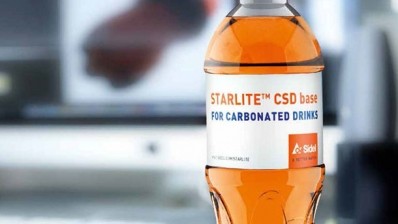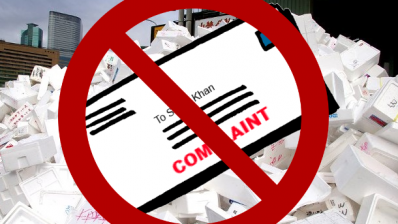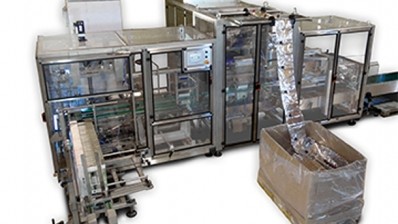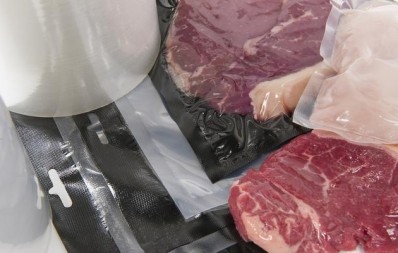Fibre bottle barrier poses questions
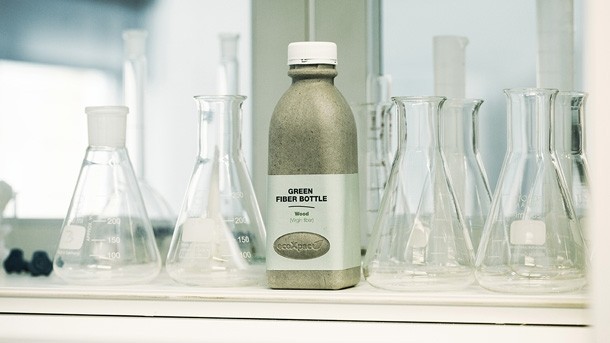
Work on the project began with Danish packaging company Ecoxpac last year. But although to many, a pulp-based bottle makes as much sense as a chocolate teapot, a test launch of the beer brand’s new pack is scheduled for 2018.
While design studios focus on the precise shape and graphics to support the Carlsberg identity, the Danish Technological Institute (DTI) has been working with Ecoxpac to develop more fundamental properties in its version of the bottle. The small Danish company uses its own patented vacuum-forming technology.
DTI product manager Alexander Bardenshtein said: “Our main know-how has been in the area of combining complementary coatings on the cellulose layer.”
He commented that, in this sense, the pulp structure merely acted as a ‘frame’ to support the much thinner layers of barrier.
Thinner layers of barrier
“The biobased coatings we have tried include plasticised starch, gelatins, and we’re planning to try whey protein as a basis for coatings.”
Candidates for this intermediate coating have also included synthetic polymers such as ethylene vinyl alcohol.
Part of the challenge has involved formulating this coating layer to achieve the most cost-effective solution, for example by combining different plasticisers with the starch.
An outer layer is then required to seal the substrate against water and water vapour ingress. “Silicon oxide is what we’re using in the current version of the bottle,” said Bardenshtein.
The institute is also looking at the same plasma-enhanced chemical vapour deposition system to lay down either aluminium oxide or diamond-like carbon as the nanoscale barrier coating.
‘Alternative, new material suggestions’
“We are interested in alternative, new material suggestions for the intermediate coating,” he said. “But we must be able to combine the two coatings to ensure that the plasma layer is applied properly.”
These barriers are not intended to contain carbonated beverages. To complement Carlsberg’s interest in the bottle format for beer, Ecoxpac and the DTI are looking at milk, other dairy products such as drinking yogurt and still water as potential end-use categories.
As well as working on the dual barrier layers, the DTI helped Ecoxpac to redesign its forming process. The institute created a thermoformed plastic frame on which the bottle is vacuum-formed.
But Bardenshtein estimated that the packaging company’s pilot production line was still restricted to outputs of only around 10 bottles an hour.
Regarding its own Green Fibre Bottle, Carlsberg’s packaging innovation director Håkon Langen said in a statement: “Though we still have technical challenges to overcome, we’re on track with the project.”
